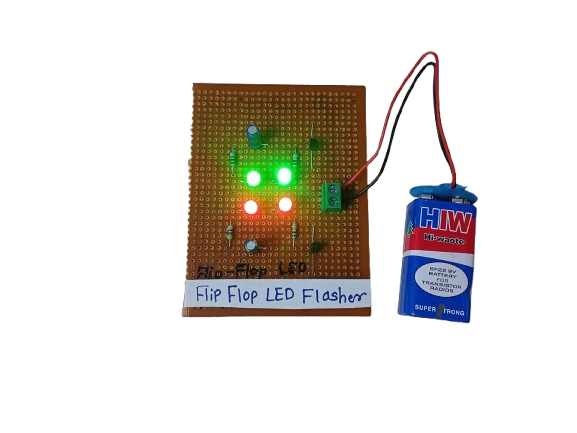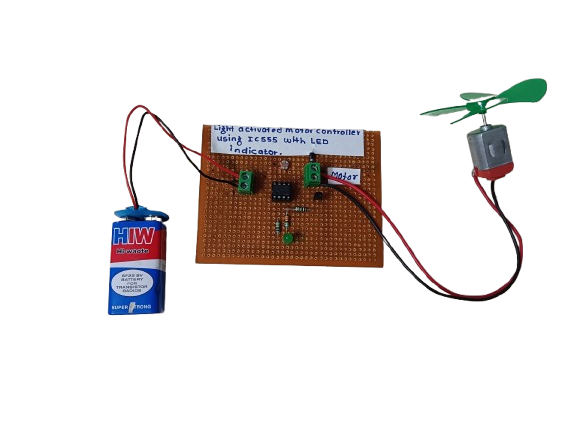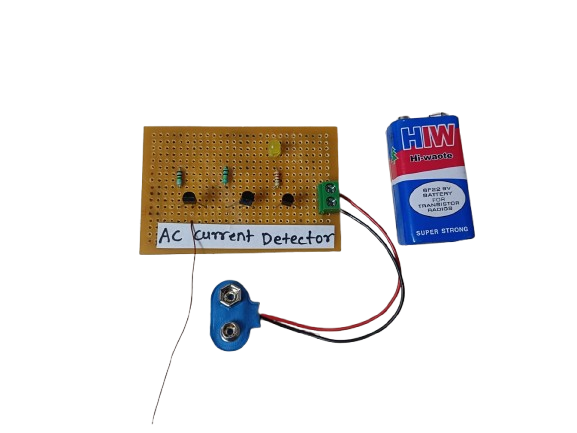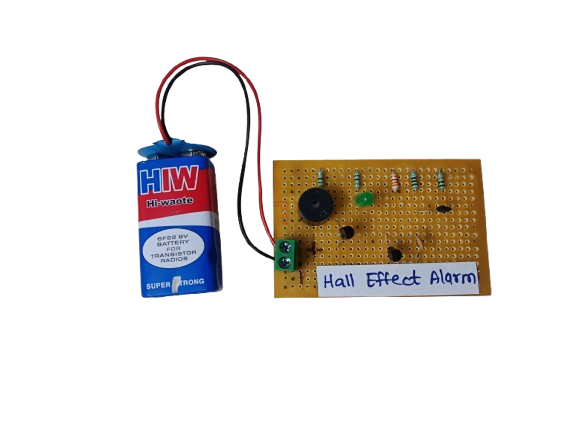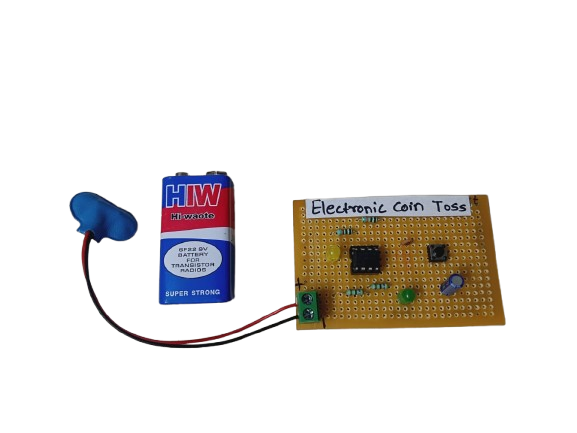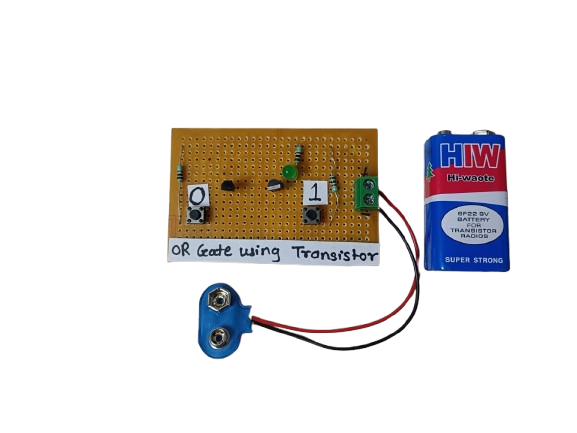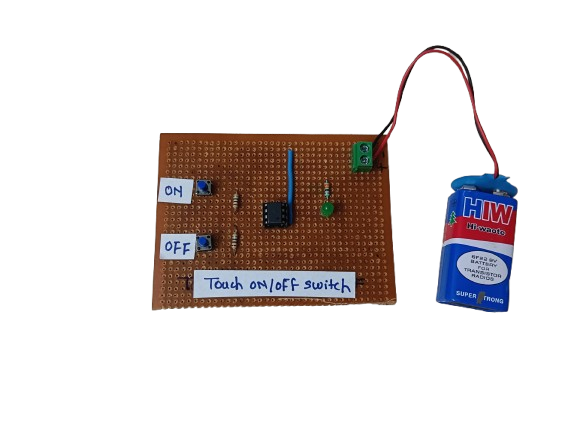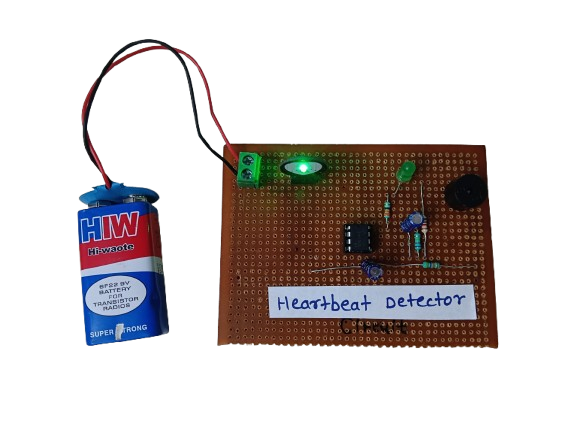Tri-Tone Buzzer
₹180.00
In StockA Tri-Tone Buzzer is an audio signaling device that produces three distinct tones in a sequence or pattern. It’s commonly used in alarms, emergency systems, and attention-grabbing devices to indicate different conditions or alert levels.
Description
Unlike a standard buzzer that emits a single tone or continuous beep, a Tri-Tone Buzzer creates a sequence of three different audio frequencies, often in a repeating pattern. This makes it more noticeable and suitable for environments where different sound cues are required.
The tri-tone sound can be generated using:
- Oscillator circuits (with 555 timers)
- Microcontrollers (like Arduino or PIC)
- Audio ICs (like UM3561, HT2811)
Each tone is generated at a different frequency, typically around 500 Hz, 1 kHz, and 2 kHz, with brief delays or switches in between to make the pattern recognizable and rhythmic.
Applications:
1.Emergency Alarms
1.Used in fire alarms, hospital alerts, and evacuation systems.
2.Security Systems
1.Alerts with distinct tones for intrusion, power failure, or tampering.
3.Vehicle Warning Systems
1.Multi-tone indicators for seatbelts, doors, or engine alerts.
4.Industrial Equipment
1.Warns workers of malfunction or operational hazards.
5.Door Bells & Attention Systems
1.More noticeable than single-tone buzzers.
-
- A rain alert system with an LCD display and buzzer, controlled by an 8051 microcontroller, is designed to detect rainfall and provide real-time notifications. The system uses a rain sensor to detect moisture or rainfall, and the microcontroller processes the sensor data. When rain is detected, the 8051 triggers a buzzer to alert the user audibly and displays the rain status on an LCD screen.
-
A Flip-Flop LED Flasher is a simple electronic circuit that alternately turns two LEDs on and off in a continuous loop, creating a blinking or “flashing” effect. It’s commonly built using transistors, resistors, capacitors, and LEDs, forming an astable multivibrator — a basic circuit that oscillates between two states without any external triggering.
It’s often used for decoration, indicators, or learning basic electronics.
₹175.00 -
A Light Activated Motor Controller using IC 555 is a simple electronic circuit that turns a motor ON or OFF based on the presence or absence of light. It uses a LDR (Light Dependent Resistor) as a light sensor and the 555 timer IC in a comparator mode, along with an LED to indicate the motor’s status.
₹280.00







